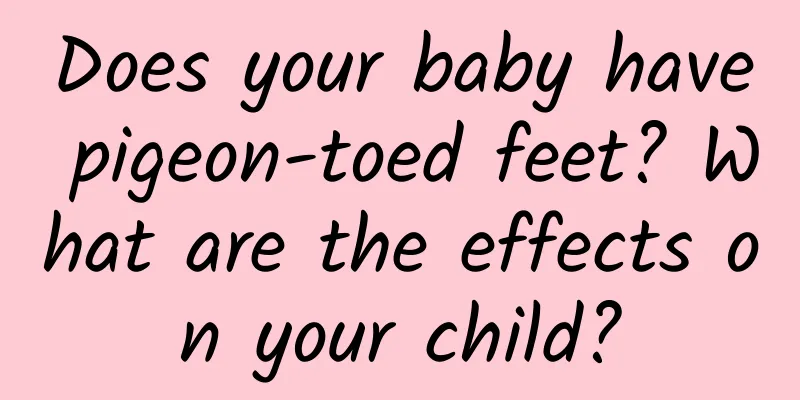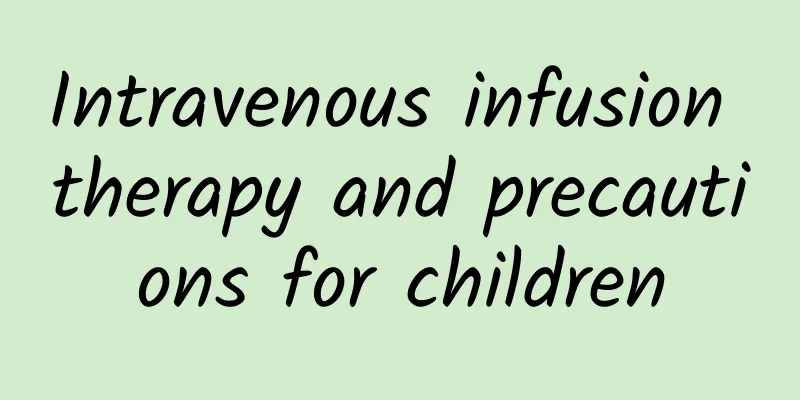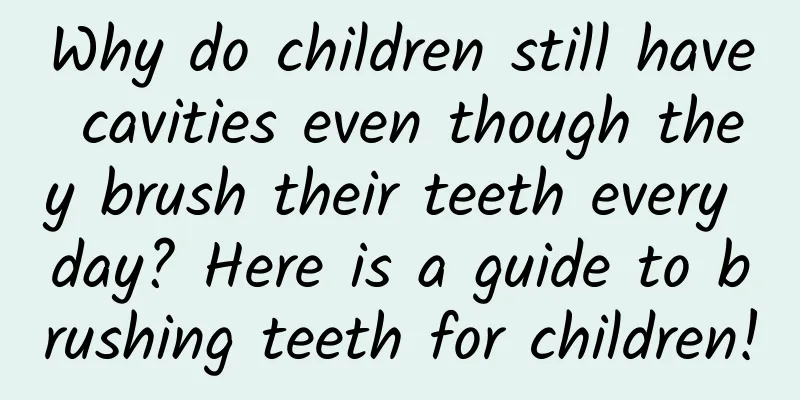Does your baby have pigeon-toed feet? What are the effects on your child?

|
Author: Guo Yingying: Tongji Hospital affiliated to Tongji Medical College of Huazhong University of Science and Technology Reviewer: Hao Yan, Chief Physician of Tongji Hospital affiliated to Tongji Medical College of Huazhong University of Science and Technology In daily life, we will find that some children walk with their toes pointed inwards. Why do they do this? What impact does this have on children? Today, let's learn about inward-toed feet. 1.What is pigeon-toed? Inward-turning feet is commonly known as "inward-turning feet". It generally refers to the gait when walking, with one or both toes turning inward. Children may also have inward-turning feet during normal development, and generally they will return to normal around puberty. Figure 1 Copyright image, no permission to reprint 2.Why does the foot turn inward? It is generally seen in these three reasons: metatarsal adduction deformity, tibial torsion and excessive femoral anteversion. (1) Metatarsal adduction: Metatarsal adduction is the most common cause of in-foot in children under 3 years old. Metatarsal adduction is a forefoot deformity caused by abnormal tarsometatarsal joints, usually due to abnormal intrauterine position. It can be unilateral or bilateral and may be hereditary. Almost all newborns have metatarsal adduction. 85% to 90% of metatarsal adduction can be corrected by themselves in the second month after birth. Mild metatarsal adduction can recover by itself within 3 years of age. Figure 2 Copyright image, no permission to reprint Method for checking metatarsal adduction deformity: The child lies prone, the ankle joint is flexed to 90°, and an imaginary line is drawn from the midpoint of the normal heel through the second and third toes. Mild: through the third toe; moderate: through the third and fourth toes; severe: through the fourth and fifth toes. Tibial torsion: It is the most common cause of in-foot in children aged 3 to 6 years old, and most of them recover on their own around the age of 6. Bilaterality is common, which may be related to the fetal position in the uterus or may be related to genetics. Figure 3 Copyright image, no permission to reprint Tibial torsion examination method: measure the femoral foot angle, prone position, knee flexion 90°, foot neutral position. The angle between the longitudinal axis of the thigh and the longitudinal axis of the foot is expressed as a negative value when the feet are turned inward. The femoral foot angle of a newborn is -15° internal rotation, and the femoral foot angle of a normal child who walks independently is -5 to 30°. A femoral foot angle of <-5° indicates tibial torsion. Excessive femoral anteversion: It is a common cause of pigeon-toed feet in children aged 6 to 10 years old. It is mainly caused by improper sitting posture ("W" sitting) and sleeping in the prone position. It can recover on its own around the age of 11. Figure 4 Copyright image, no permission to reprint 3. What are the dangers of turning your feet inward? What impact does it have on children? (1) Moderate to severe inward-turning of the feet can cause the left or right foot to trip when walking, making it easy to fall. (2) The walking posture is not aesthetically pleasing and increases the psychological burden on children. (3) Excessive pressure on the inner side can easily cause knee pain. (4) Leg deformities are prone to occur, leading to the occurrence of bow legs. (5) The biomechanical alignment of the foot, knee and hip deviates from normal, causing pelvic tilt and low back pain. 4. Treatment recommendations (1) Mild to moderate inward-facing toes caused by metatarsal adduction deformity can be corrected or treated using stretching, orthotic insoles (suitable for children who can walk independently), bandages, etc. Severe inward-facing toes require treatment by an orthopedic surgeon and plaster fixation. (2) For foot knock-in caused by tibial torsion, if the femoroplantar angle is -15° to -5°, physical therapy or the use of orthopedic braces should be performed. If the femoroplantar angle is less than -15°, osteotomy should be performed. (3) For inward-turning feet caused by excessive femoral anteversion, children under 8 years old with hip internal rotation less than 80° can be treated with physical therapy or brace correction; children aged 8 years and above with hip internal rotation greater than 80° need to see an orthopedic doctor. |
<<: Are you getting the right vitamin D?
Recommend
Is it okay to have sex after tubal hydrotubation?
We all know that in order to successfully conceiv...
How long will it hurt when a girl's virginity is broken?
As we all know, the hymen is one of the most impo...
How to choose fresh shiitake mushrooms (rich aroma, thick meat, smooth surface and uniform size)
...
I get my period when I eat ice cream.
I believe that many people often encounter some i...
Why do people with normal liver function tests still get liver cancer? This article will help you understand
Mr. Wang is 50 years old this year. He works in t...
High maternal heart rate
After you get pregnant, you can’t take many thing...
Why is the wound still painful 10 days after the cesarean section?
What mothers need to know is that although cesare...
What are the dangers of lack of sleep for postpartum women?
Dear friends who are about to become mothers, hav...
High blood sugar, 4 kinds of food are known as the masters of blood sugar, if you can't control your diet, taking medicine will be useless
For patients with high blood sugar, the key to co...
What is the best time of day to have breast augmentation?
Women can become more beautiful and sexy by havin...
What kind of honey is good for postpartum women?
Honey is a natural food with very high nutritiona...
Is it normal to have your period 10 days early?
Menstruation is a physiological phenomenon unique...
Causes of vaginal itching with small bumps
No woman can bear that her body is abnormal, espe...
Double eyelid surgery hot compress
Everyone who has double eyelid surgery will encou...
How to open the back of a shrimp? How to choose and buy shrimp
Shrimp is loved by many friends because it contai...









